How To Catch Big Trout On Paddletails With This Simple Lure Hack
- By: Wyatt Parcel
- on
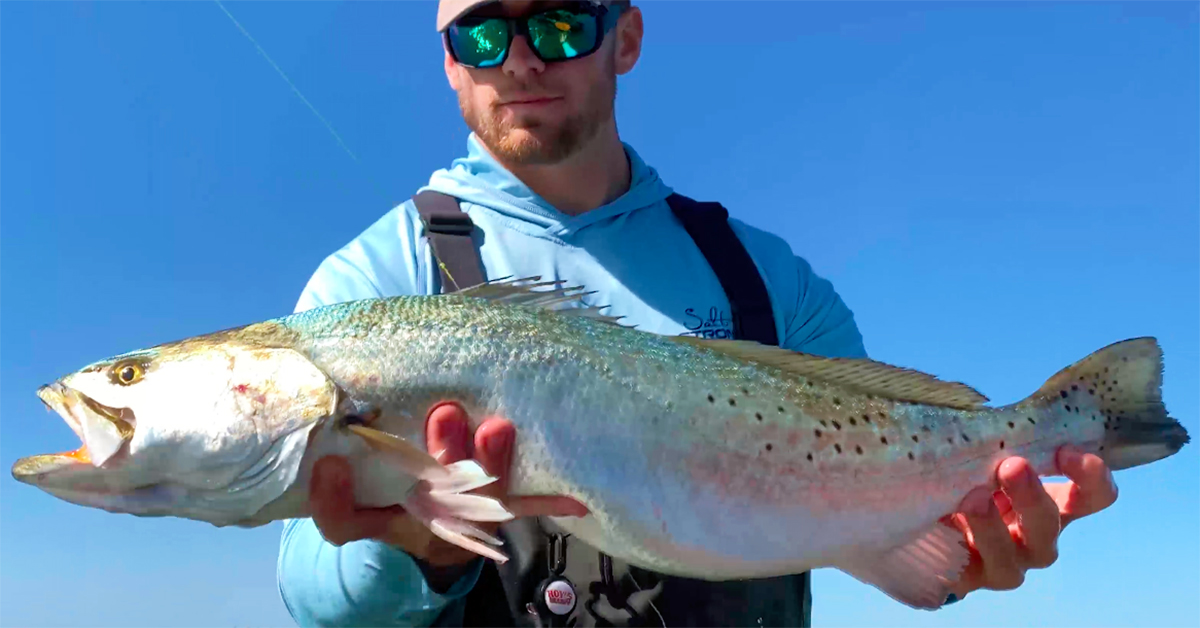
It’s trout time!
Paddletails are great lures for trout, but in this video, you’ll learn one trick that I’ve been using to catch even more (and bigger) trout on these lures.
It’s really simple — all you have to do is make a small change to how you rig them, and you’ll keep them in the strike zone a little longer.
I just used this tip to catch my personal best trout — the fat 26.5 incher pictured above.
Check it out in the video below.
Catching Big Trout On Paddletails [VIDEO]

When the water is cold, trout aren’t very aggressive.
So if you work a lure quickly through the strike zone, you’ll probably catch fewer fish than if you worked it slowly through the strike zone.
Another thing to note about trout is that they’re ambush predators that like to ambush their pray from below (watch the video at 1:26 to see what I mean).
If we put these two facts together, we can conclude this:
If a lure slowly rolls above where trout are waiting in ambush, you’re pretty likely to catch them.
Now here’s the big question: how do we do that?
Jig heads are front-weighted, so when a lure is rigged on them, they quickly dive down to the bottom.
This isn’t helping our cause here.
Weighted swimbaits (like this 1/16 oz. Owner TwistLock Hook) are much better for slowly retrieving lures through the water.
But here’s the trick: if you scoot the weight on the shank back towards the tail of the lure (away from the eye of the hook), you’ll make the lure fall even slower.
So as you’re retrieving this lure over a pothole in the grass or along the edge of a flat and you pause, this slow-falling rig can help you catch more fish because it’s staying in the strike zone longer.
Conclusion
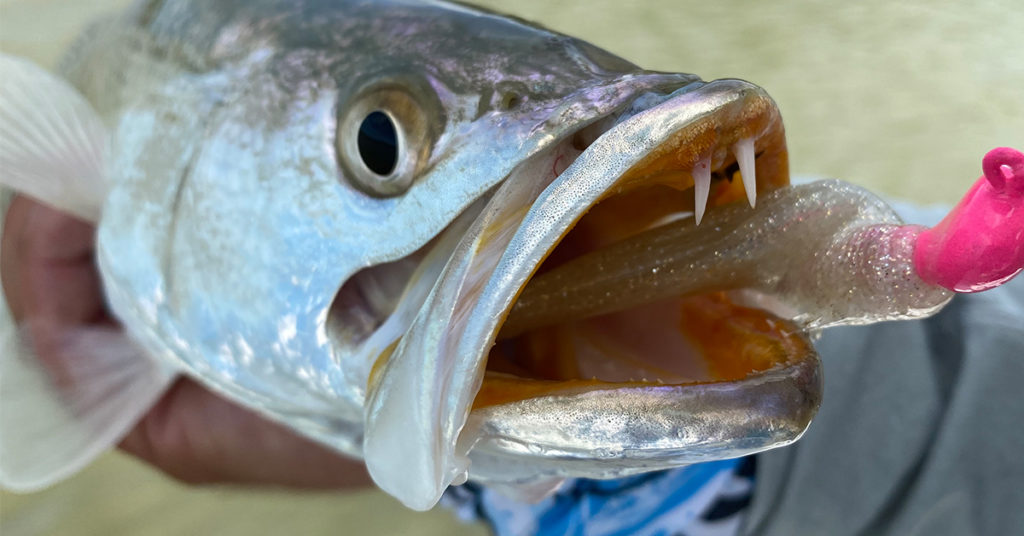
By sliding the weight on an Owner TwistLock hook back a little bit, you’ll cause your lure to dive a little slower, which will help it stay in the strike zone longer for these big, lethargic trout.
You can get the hook and lure mentioned in this video below:
Have any questions about this trick?
Or any other tips for catching big trout in the late winter or early spring?
Let me know down in the comments!
And if you know someone who wants to catch a new PB trout, please TAG or SHARE this with them!
P.S. Want access to our best fishing spots and tips, plus discounts to our online tackle store? Click here to join us in the Insider Club!
Related articles:
Related categories:
STOP WASTING TIME ON THE WATER!
Do what the “SMART ANGLERS” are doing and join the Insider Club.
Here’s what you’ll receive today when you join:
- Weekly fishing reports and TRENDS revealing exactly where you should fish every trip
- Weekly “spot dissection” videos that walk you through all the best spots in your area
- Exclusive fishing tips from the PROS you can’t find anywhere else
- Everything you need to start catching fish more consistently (regardless if you fish out of a boat, kayak, or land).




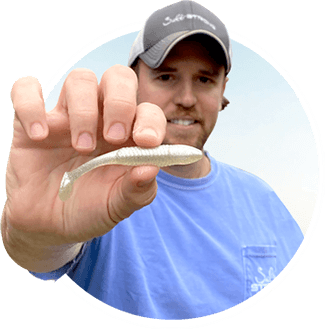
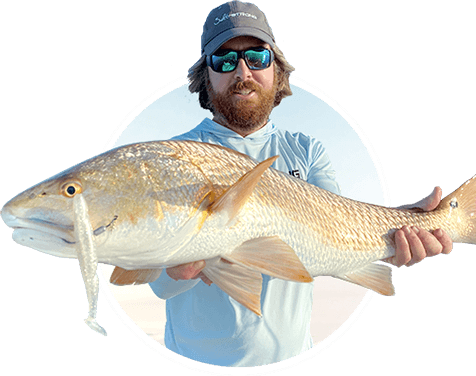
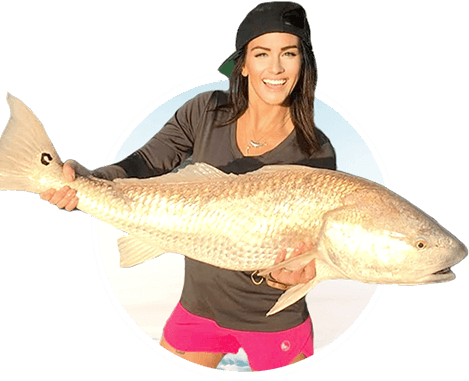
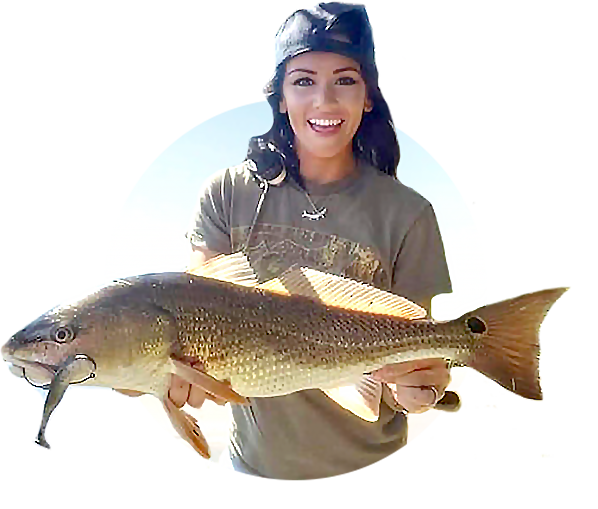
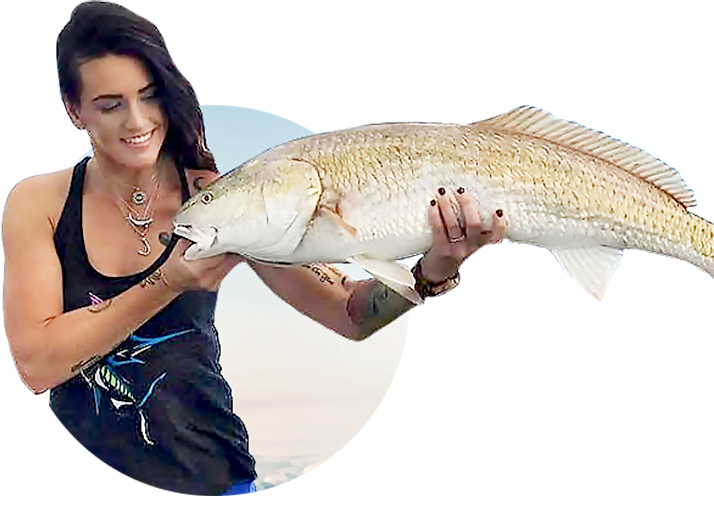

Would just switching to a smaller weight work as well for slowing the decent? Or is the positioning of the weight more important?
Why lures not bait and wait
I think I see you are using the twist lock hook in the video. I have found that the mustad or Zman worm hooks with the keeper are much easier with zman plastics .Any reason , other than the ability to move the weight on the twist lock, that you use them ? Thanks
Great Video Wyatt!
I love the animations! Very helpful in grasping this technique!
Great tutorial Mr. Parcel, thank you!
Always good to have another solid trick!
Thanks
Thanks
No problem Jerry! Thanks for watching!
Thanks Wyatt. I didn’t think to try moving the weight forward. Great idea. I have used very small split shots when I need to sink faster or deeper, but this makes better sense for slower sink rate and you can use the different weighted Owner hooks for different depths. Good video.
Absolutely! The hydrodynamics of where the weight is placed really can play on how fast or slow a bait sinks, which in turn will increase or decrease the amount of strikes you get. Thanks for watching!
Huh never thought about that before in fact I never even knew that the weight would move it seems pretty tight on the hook but I guess with a little leverage it would slide and I imagine with a slam shady z-man bait because of the new high buoyant plastics it’s made from it would sink pretty slowly probably more so then regular plastic paddletail would thanks for the tip and all you do
Yep! It’s easiest to twist them loose with pliers, but if you nudge them for long enough you can slide it with your fingers as well. Be sure to push it hard against the head or as far back along the shank as you can to secure it, otherwise it’ll move around when casted (which negates the whole effect)